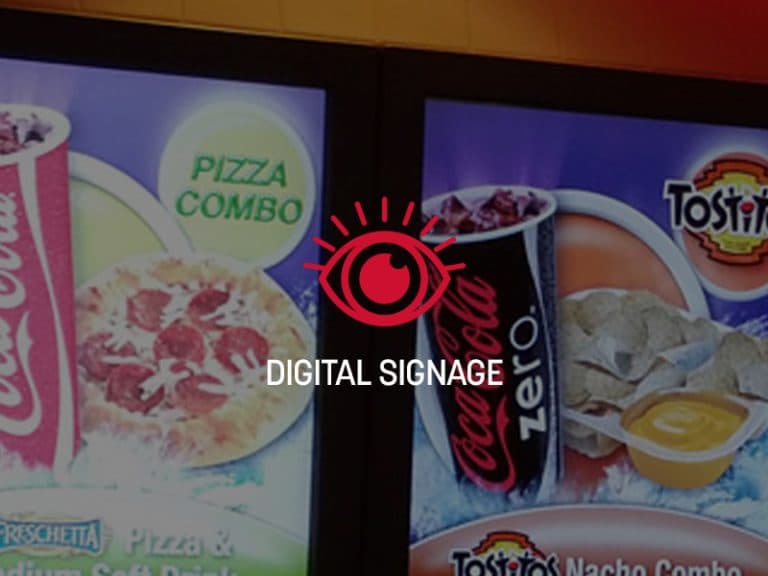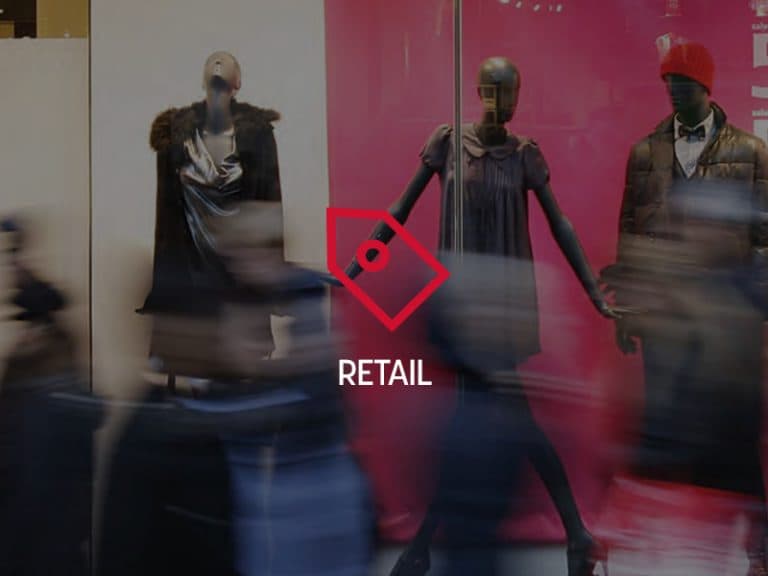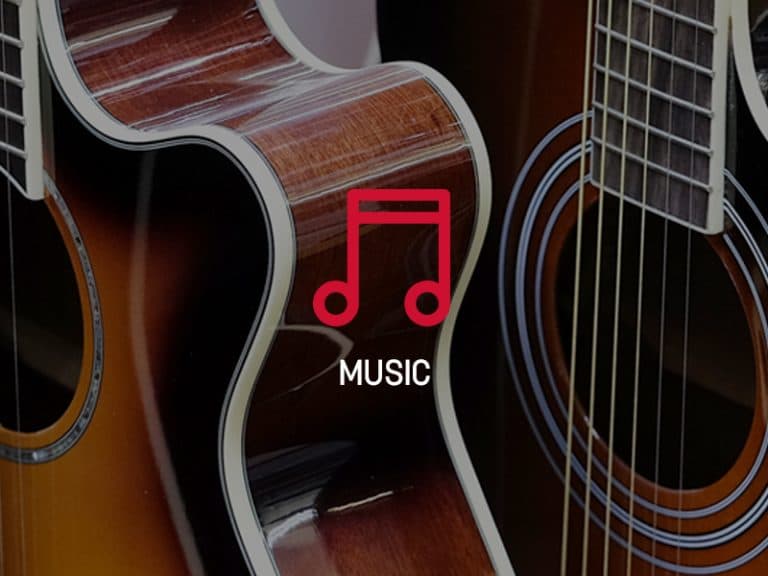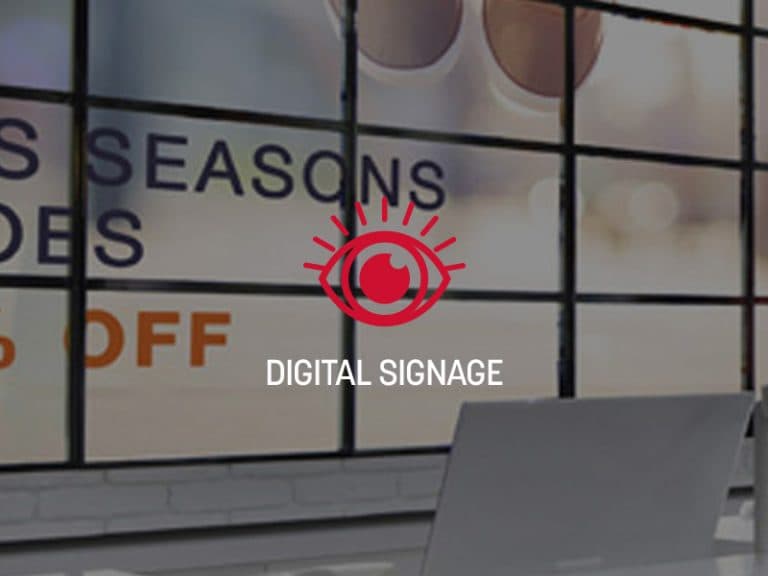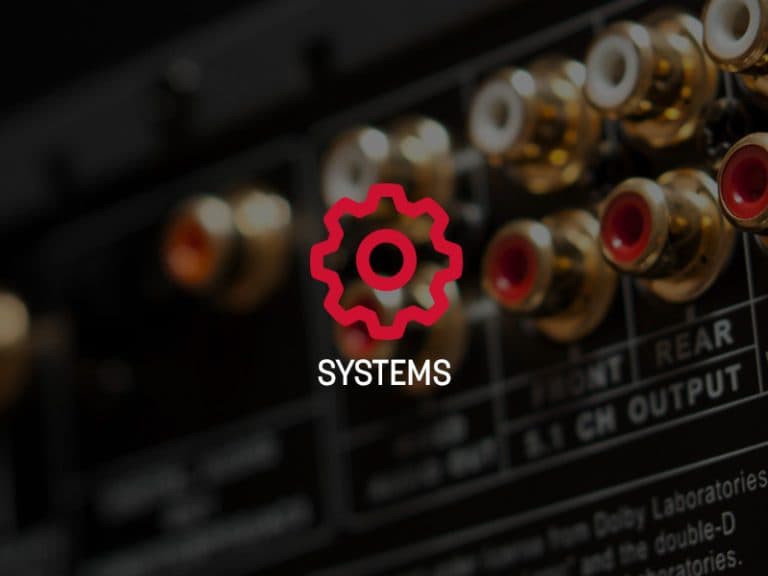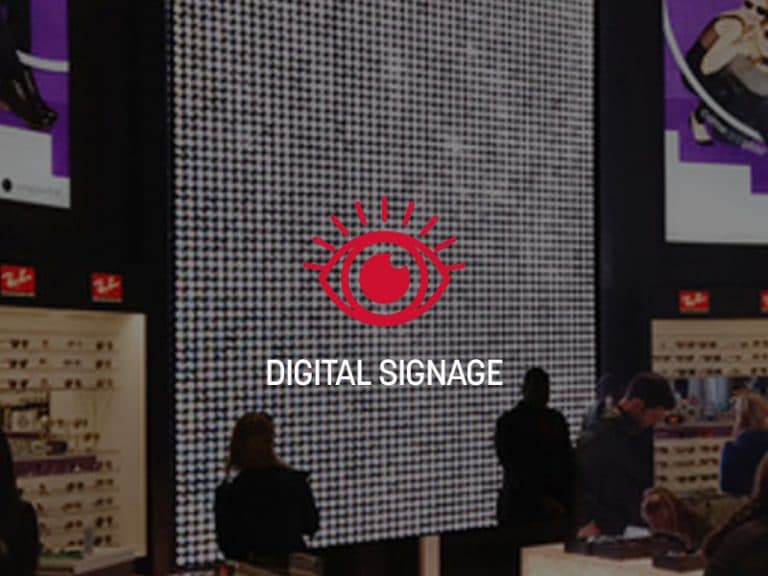MOOD:RESTAURANT
Using the Five Senses to Enhance Restaurant Design
Deciding where to eat is never just about the food – it’s about choosing an entire experience. If someone wants a burger, there are a plethora of options, so the choice of one restaurant over another often comes down to the restaurant’s design.
Using experiential design can enhance your customers’ whole experience and make them want to return. If you’ve created your brand and narrowed down your target audience, your next step is to polish the experiential design, starting from the time they walk up to the door until the time they leave (but don’t forget about carrying over the consistent brand experience to the web and social channels!). To create a holistic experience, think of how to address the five senses: sight, sound, smell, touch and, of course, taste.
Sight. Creating a visually pleasing space is essential but not the only element. Consider adding eye-catching installations, such as digital signs and digital menu boards instead of printed ones. Personalized promotions and menus targeted for your local area will draw in more regular customers than cookie-cutter displays.
Along with targeted digital signage, you can integrate audiovisual systems into a space that will keep even the toughest crowds entertained. Sports bars practically design their business model around this premise – customers love watching the big games together. When there isn’t a game, these businesses often show music videos for ambient entertainment. Look into ways to display something similar that keeps in line with your original restaurant design. Learn more about integrated AV and audiovisual installations with Mood.
Sound. Similarly, consider the sounds you want in the space. Will you feature quiet fine dining or upbeat casual eating? Is it going to be a relaxing experience where customers can expect to take their time or will you keep the pace up and turn tables over more quickly using upbeat music? Will the kitchen be open to the customer area so they can hear and see what’s going on?
You must consider a lot of factors, since music for business is such an integral part of the experience. You need to pick the right music for the atmosphere, and Mood has more experience helping businesses accomplish that than anyone else in the industry.
Scent. The smell of a restaurant is crucial. Have you ever walked by a bakery, smelled the fresh cinnamon rolls, and decided to stop for one? Anyone who walks by that aroma is going to think about eating a cinnamon roll soon, and probably from the place that smelled so good. Scent can easily trigger memories, and Mood can help you create a scent brand for your restaurant.
Touch. How the physical space represents your brand and concept is about more than just decor. If the brand is meant to be clean and airy but the restaurant is cramped, it’s going to confuse customers. Alternatively, if it’s supposed to be a casual pace but everything looks like it shouldn’t be touched, customers aren’t going to be able to properly relax. Proper cleaning plays into this too – sticky floors and tables are almost sure to clash with your intended experience. Make sure what they physically interact with matches your brand’s vision.

Taste. Finally, taste is obviously the most critical element in a restaurant’s success. Without good food, you will have a lot of one-time customers. Just remember, “good food” can be a lot of things, so don’t box yourself in with one interpretation. A consistent, quality menu might be a draw for one brand. Alternatively, a restaurant based on local, seasonal cooking could regularly change up the menu for variety and excitement. Whatever approach you take, look for ways to use tools for the other senses to highlight this such as digital signage or varying scents.
While food will always be in the spotlight at a restaurant, creating a holistic experience will have your customers returning time and time again. If you’re ready to implement experiential design to enhance your restaurant, the experts at Mood Media are here to help you navigate the process. Contact us today to start designing your customer experience.
Download this Article
Resource Articles



